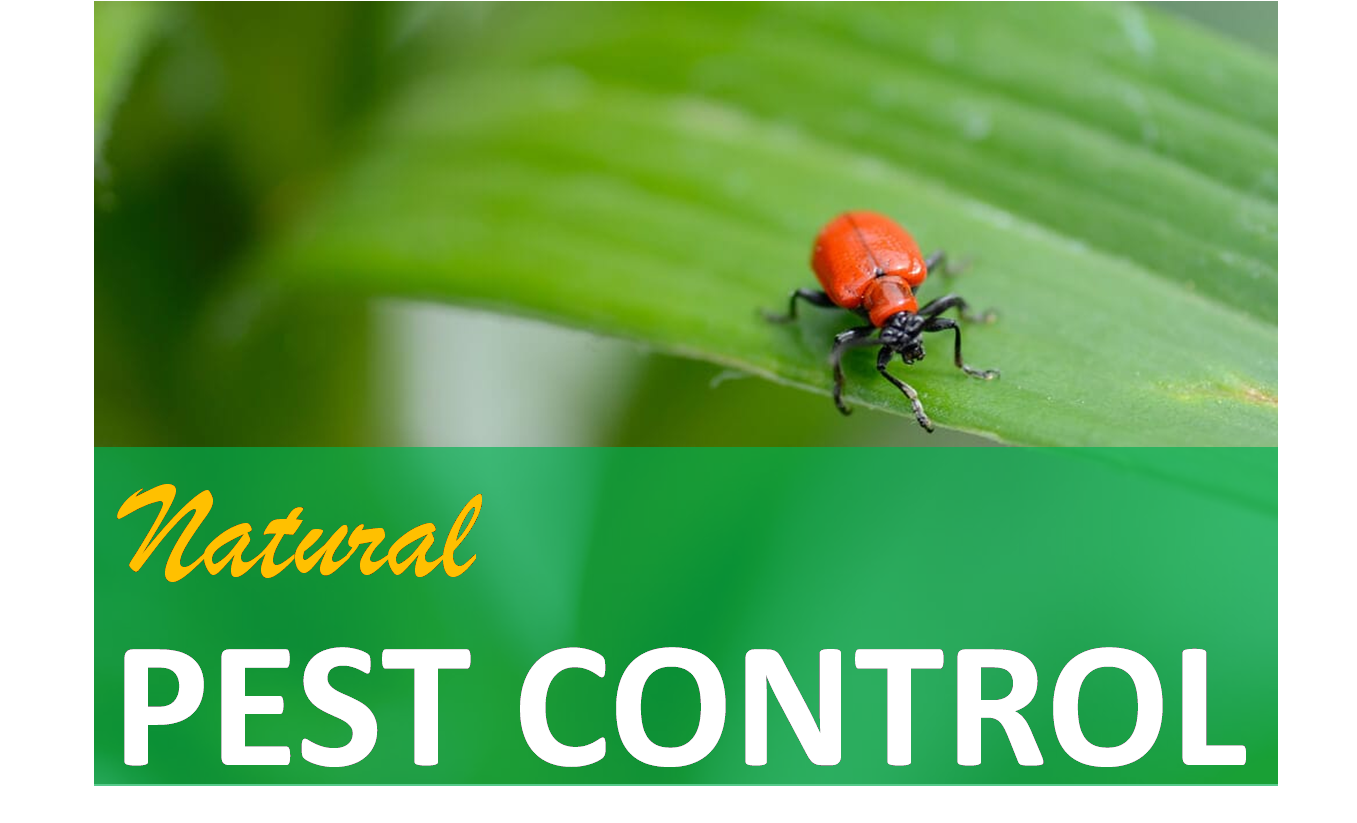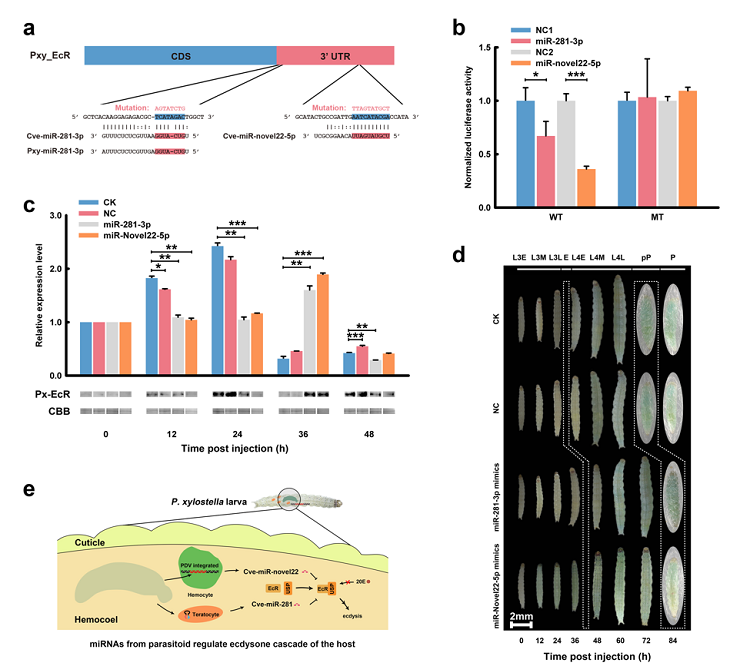Parasitic insect-derived miRNAs could be a natural way to control pest

The research team led by CHEN Xuexin, a professor with the College of Agriculture and Biotechnology, published a paper entitled “Parasitic insect-derived miRNAs modulate host development”in the June 6 issue of Nature Communications. It reveals the underlying mechanisms for the modulation of parasitic-derived miRNAs and opens up new theoretical dimensions to the research and development of pest control.
Parasitic insects, particularly parasitic wasps, are a large group of animals that lay eggs in or on the bodies of other arthropods that serve as hosts for offspring development. They produce several factors including venom, polydnaviruses (PDVs) and specialized wasp cells named teratocytes that benefit the survival of offspring by altering the physiology of hosts. However, the underlying molecular mechanisms for the alterations remain obscure.
Prof. CHEN Xuexin et al. discover that the teratocytes of Cotesia vestalis, an endoparasitoid of the diamondback moth Plutella xylostella, and its associated bracovirus (CvBV) can produce miRNAs and deliver the products into the host via different ways. Certain miRNAs in the parasitized host are primarily produced by teratocytes, while the expression level of miRNAs encoded by CvBV can be 100-fold greater in parasitized hosts than non-parasitized ones. They show that one teratocyte-produced miRNA (Cve-miR-281-3p) and one CvBV-produced miRNA (Cve-miR-novel22-5p-1) arrest host growth by modulating expression of the host ecdysone receptor (EcR).

This is the first line of evidence demonstrating the molecular mechanisms by which parasitoid wasps control host development via miRNA. Their findings indicate that endoparasitoids produce miRNAs with roles in altering host growth. Other miRNAs may also have roles in regulating host metabolism and immune responses.